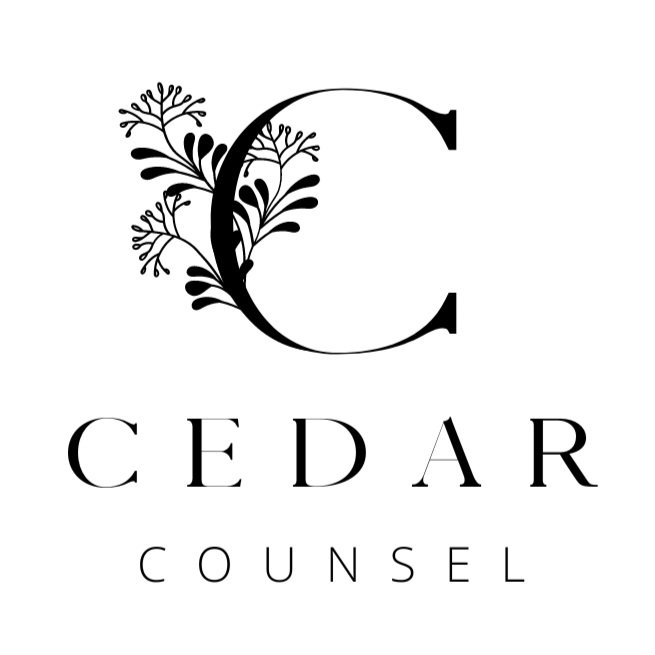What to Know About Spousal Rights to Retirement Benefits
Life in a blended family involves extra considerations, from holidays to family vacations. And if you're married with children from a previous relationship, you've also likely thought about what would happen to your assets and family if something were to happen to you.
Here's what you should know: Without an estate plan in place, your assets could be distributed in a manner that would leave your family in conflict. This is especially true of your retirement accounts.
This week, we discuss how the law influences retirement distributions for blended families, emphasizing the need for careful planning to avoid conflict and ensure that your retirement assets reach those you intend to support.
Be Aware of How ERISA Affects 401K Distributions
If you’ve remarried, you and your new spouse have likely discussed updating the beneficiary designations on your retirement accounts to reflect your new family arrangement. Sometimes, people in second marriages choose to leave their retirement funds to their kids from their first marriage and give other assets, like the house and savings, to their current spouse to help prevent conflicts between your spouse and your children.
However, it's crucial to note that even if you decide to pass your retirement savings to your children, if you're married and your retirement account is employer-sponsored, your kids won't inherit the whole account, even if you name them as the sole beneficiaries.
That’s because the federal Employee Retirement Income Security Act (ERISA) governs most employer-sponsored pensions and retirement accounts. Under ERISA, if you’re married at the time of your death, your spouse is automatically entitled to receive 50 percent of the value of your employer-sponsored plan – even if your beneficiary designations say otherwise.
The only time that your surviving spouse would not inherit half of your ERISA-governed retirement account is if your spouse signs an official Spousal Waiver saying they are affirmatively waiving their right to inherit 50 percent of the account, or if the account beneficiary is a trust.
IRAs Have Different Rules Than 401Ks
If you want your children to inherit more than 50 percent of your work-sponsored retirement benefits, and completing a Spousal Waiver isn’t an option, consider rolling the account into a personal IRA instead.
In contrast to 401(k)s and similar employer-sponsored plans, IRAs are controlled by state law instead of ERISA. That means that your spouse is not automatically entitled to any part of your IRA.
When you roll a 401(k) into an IRA, you gain the flexibility to name anyone you choose as the designated beneficiary, with or without your spouse’s consent.
On the other hand, if you want to ensure your spouse receives half of your retirement savings, make sure to include them as a 50 percent beneficiary or better yet, have your individual retirement account payout to a trust instead. With a trust, you can:
Document exactly how much of your retirement you want each of your loved ones to receive;
Control when they receive the funds outright; and
Easily update and change the terms of your trust without having to remember to update your financial accounts.
Beneficiary Designations Always Trump Your Will
Whether you have an employer-sponsored 401(k) or manage your own IRA, there's a key rule to remember: beneficiary designations take precedence over your will. While a will is crucial for estate planning, who you've specified as a beneficiary outweighs your will's instructions for a specific asset.
For instance, if your will says your retirement account goes to your brother but the beneficiary designation favors your sister, the account goes to your sister, despite what your will provides. Similarly, we’ve consoled a client whose late husband forgot to remove his ex-wife’s name as beneficiary of his retirement fund. This ex-spouse inherited the entire retirement account - even though she’d waived her rights to these assets in her divorce decree.
Consult with an Estate Planning Attorney
Understanding how the law affects different types of assets is essential to creating an estate plan. But there’s more to it than just having a lawyer – you need an attorney who takes the time to really understand your family and your assets so they can design a custom plan that achieves your goals for your assets and your legacy.
That’s why we help our clients create an inventory of all of their assets to ensure that every asset they hold is accounted for and passed on to their loved ones exactly as they want it to.
Learn more about how we serve our clients differently than most lawyers; schedule a complimentary call with us. We’d be honored to share how our unique process can help your family.
This article is a service of Cedar Counsel. We don’t just draft documents; we ensure you make informed and empowered decisions about life and death, for yourself and the people you love.
This material was created for educational and informational purposes only and is not intended as ERISA, tax, legal, or investment advice. If you are seeking legal advice specific to your needs, a personal consultation is required.
